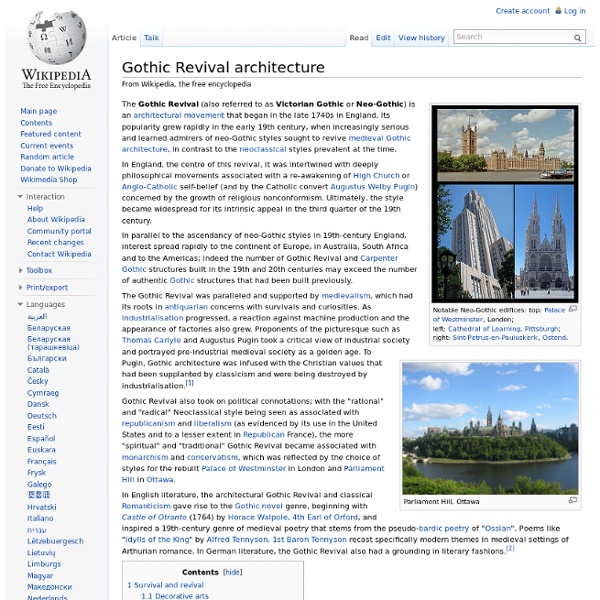Interactive Architecture - Design and Modern Architecture
Henry Holland (architect)
Henry Holland (20 July 1745[1] – 17 June 1806) was an architect to the English nobility. Born in Fulham, London, his father also Henry ran a building firm[2] and he built several of Capability Brown's buildings, although Henry would have learnt a lot from his father about the practicalities of construction it was under Brown that he would learn about architectural design, they formed a partnership in 1771. He married Brown's daughter Bridget on 11 February 1773 at St George's, Hanover Square.[3] In 1772 Sir John Soane[4] joined Holland's practice in order to further his education, Soane left in 1778 to study in Rome. Holland paid a visit to Paris in 1787[5] this is thought to have been in connection with his design of the interiors at Carlton House, from this moment on his interior work owed less to the Adam style and more to contemporary French taste. Holland was a founder member in 1791 of the Architects' Club,[6] which included Thomas Hardwick as a signtory. Claremont House, c.1771
One Grand Designs
Architectural drawing
An architectural drawing or architect's drawing is a technical drawing of a building (or building project) that falls within the definition of architecture. Architectural drawings are used by architects and others for a number of purposes: to develop a design idea into a coherent proposal, to communicate ideas and concepts, to convince clients of the merits of a design, to enable a building contractor to construct it, as a record of the completed work, and to make a record of a building that already exists. The development of the computer had a major impact on the methods used to design and create technical drawings,[1] making manual drawing almost obsolete, and opening up new possibilities of form using organic shapes and complex geometry. Today the vast majority of drawings are created using CAD software.[2] Size and scale[edit] Architectural drawings are drawn to scale, so that relative sizes are correctly represented. Standard views used in architects' drawings. Floor plan[edit]
Edible Geography
Dan Hogman | Architecture, Photography and Cooking/Sailing/Paragliding Tips.
architecture: Green Living
Things to consider when choosing green building materials If you are looking to play your part to sustain the environment, there are many eco-friendly materials available in the market. However, no matter what they say or profess to be made of, you take the final discretion whether the products are green or not. Many goods are sold as green products; however, upon reading the reviews from people, you understand that those were only false promises. Read more... Categories: Architecture Tags: account, building materials, choosing, consider, engineering, environment, featured, goods, Green, material, products, Top Does green construction really help in improving the environment The Green construction aims at efficient use of resources to create healthier and energy efficient homes. Read more... Categories: Architecture Tags: buildings, Construction, disposal, energy consumption, featured, higher perceived, improving, reduction, the environment, Top Read more... Read more... Read more...
Azusa Street Revival
The Azusa Street Revival was a historic Pentecostal revival meeting that took place in Los Angeles, California and is the origin of the Pentecostal movement.[1] It was led by William J. Seymour, an African American preacher. It began with a meeting on April 9, 1906, and continued until roughly 1915. Background[edit] Los Angeles[edit] In 1905, William J. North Bonnie Brae Street[edit] Seymour and his wife, Jennie. Seymour and his small group of new followers soon relocated to the home of Richard and Ruth Asberry at 214 North Bonnie Brae Street.[6] White families from local holiness churches began to attend as well. The Asberry home on 214 North Bonnie Brae Street. News of the events at North Bonnie Brae St. quickly circulated among the African American, Latino and White residents of the city, and for several nights, various speakers would preach to the crowds of curious and interested onlookers from the front porch of the Asberry home. They shouted three days and three nights. Beliefs[edit]



